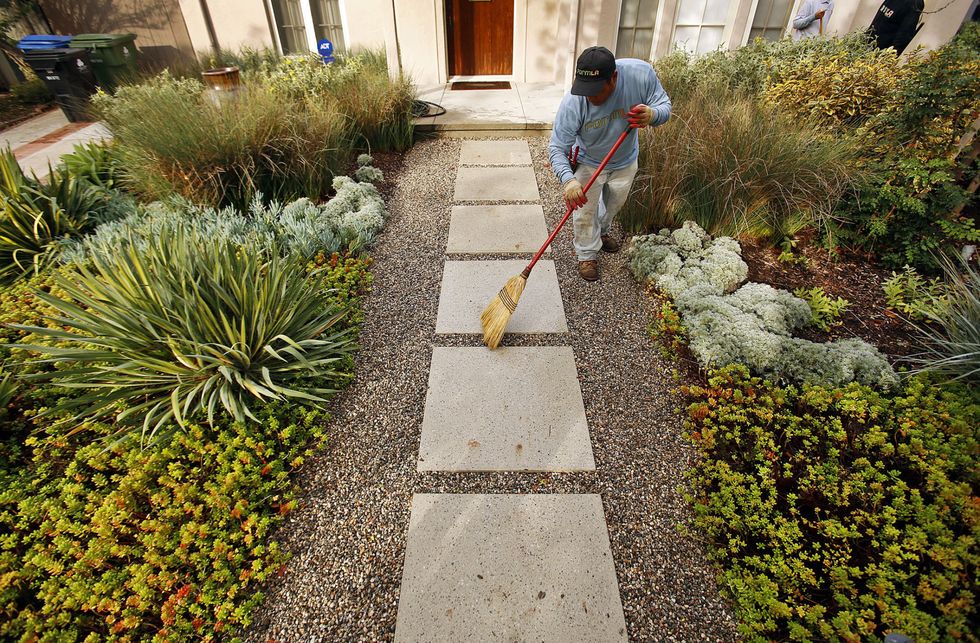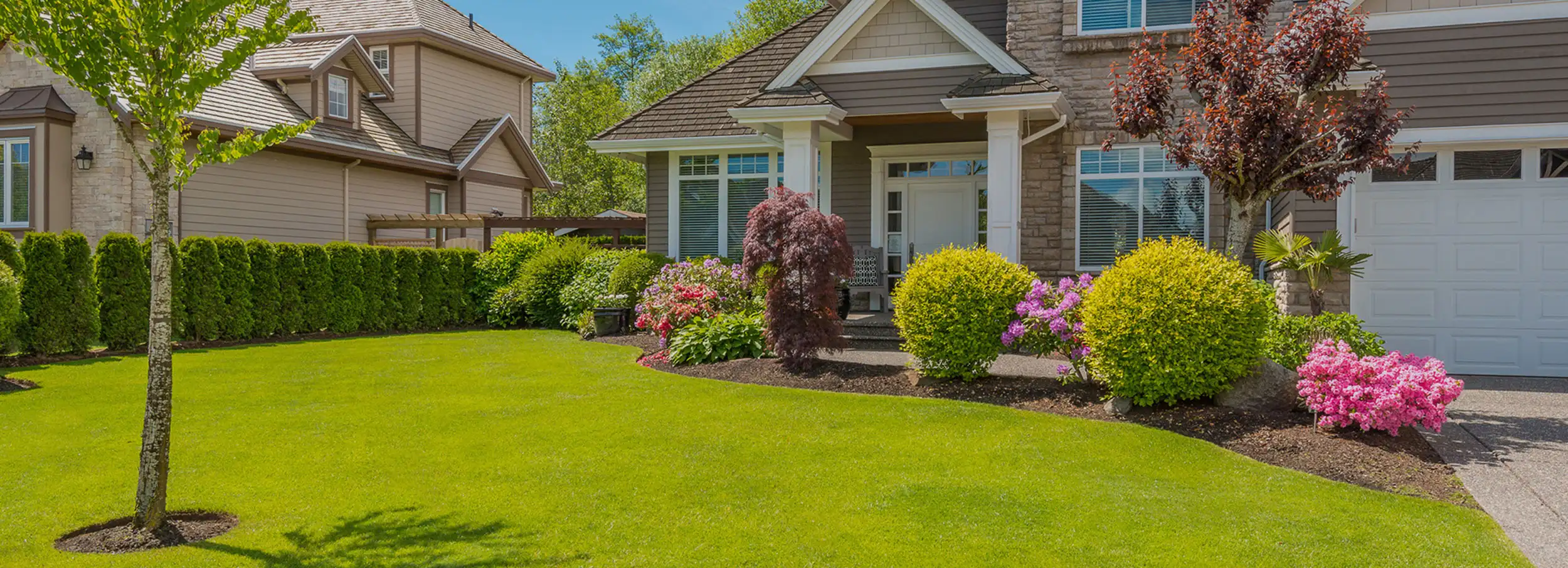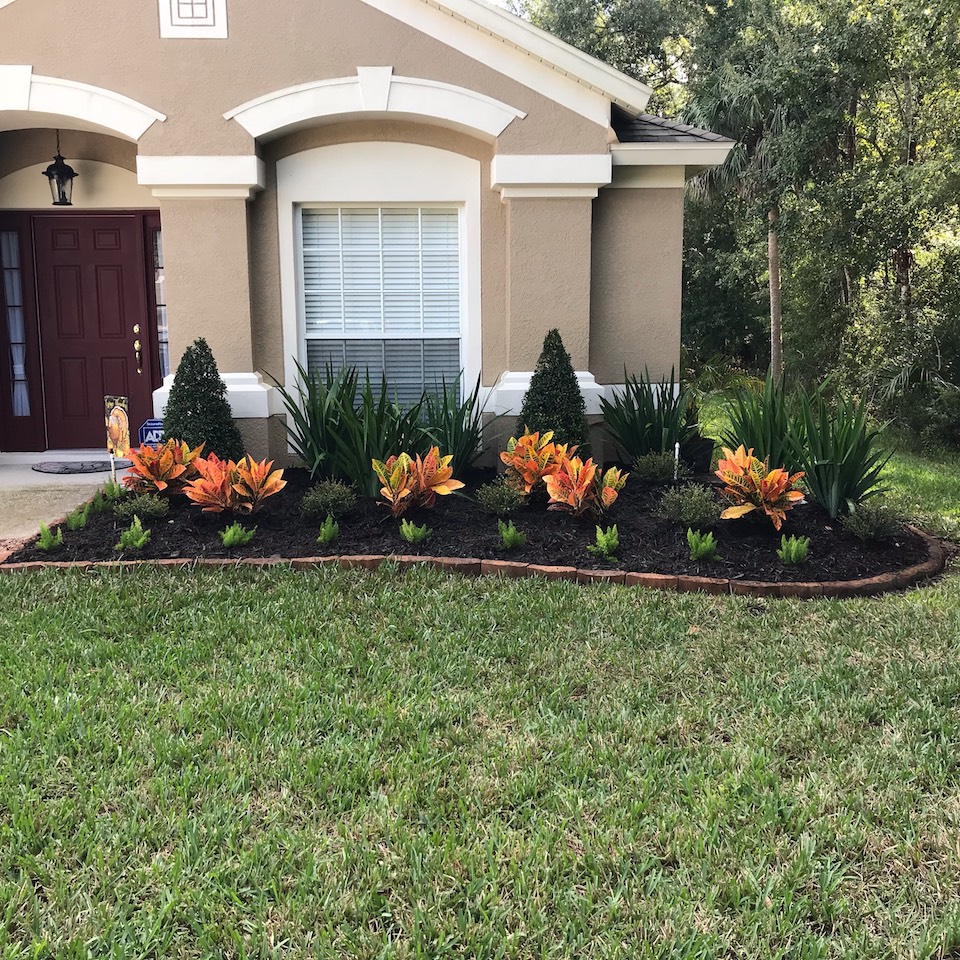Top Tips for Enhancing Your Garden with Palm Desert Landscaping Concepts
Top Tips for Enhancing Your Garden with Palm Desert Landscaping Concepts
Blog Article
A Comprehensive Guide to Creating and Implementing Effective Landscape Design Solutions
The art and science of landscape design expand beyond simple aesthetic appeals; they involve a thoughtful assimilation of design concepts, environmental stewardship, and useful implementation. What strategies can one utilize to make certain these landscapes not just prosper but also prosper in harmony with their environments?

Recognizing Landscape Design Principles
One could wonder what fundamental elements add to efficient landscape style. At its core, effective landscape design hinges on a number of crucial principles that lead the arrangement and option of aspects within a room. These principles consist of unity, rhythm, percentage, and equilibrium, each offering to develop an unified exterior environment.
Unity refers to the cohesive partnership amongst different components, ensuring that they collaborate aesthetically and functionally. Equilibrium can be attained via asymmetrical or symmetrical setups, permitting the landscape to feel stable and inviting. Proportion includes recognizing the scale of components in relationship to each various other and the surrounding setting, promoting aesthetic consistency and comfort.

Analyzing Your Outdoor Space
Before implementing the concepts of landscape layout, an extensive evaluation of your outside area is essential. This initial evaluation assists specify the extent of your landscaping job and makes certain that your layout lines up with the unique features of your building. Begin by examining the measurements of your room, taking specific dimensions to comprehend the available location for various elements such as gardens, patio areas, and pathways.
Next, observe the existing attributes of your landscape, consisting of topography, soil top quality, and water drainage patterns. These aspects substantially affect plant selection and placement. Additionally, evaluate the sunshine direct exposure across different areas throughout the day, as this will certainly influence the kinds of plants that grow in your yard.
Consider the microclimates created by frameworks, trees, and other challenges, as they can influence temperature and moisture levels. Take note of any existing plants or hardscape aspects that you wish to get rid of or maintain. This comprehensive examination prepares for a efficient and educated landscaping service, ensuring that your layout is not only cosmetically pleasing yet sustainable and likewise functional for years to come.
Lasting Landscape Design Strategies
These methods not just advertise environmental equilibrium however also improve the aesthetic and useful worth of a landscape. Carrying out efficient irrigation systems, such as drip watering, minimizes water waste and makes sure that plants receive adequate moisture (Palm Desert Landscaping).

One more efficient strategy is the strategic placement of shrubs and trees to offer all-natural windbreaks and shade, hence decreasing energy expenses (Palm Desert Landscaping). Rain yards can be integrated into the landscape design to take care of stormwater runoff properly, filtering system pollutants before they get in rivers
Choosing the Right Plant Kingdoms
Selecting the right plants for your landscape is important to attaining both visual allure and eco-friendly harmony. The process begins with an understanding of your local climate, soil problems, and the certain microenvironments within your landscape. Evaluating aspects such as sunshine exposure, moisture levels, and existing flora will certainly assist you choose plants that prosper in your unique setup.
Think about integrating indigenous plants, as they are well-adapted to neighborhood conditions, need less upkeep, and assistance local wildlife. In addition, choosing a diverse range of species can boost biodiversity while minimizing the danger of condition and parasite outbreaks. It is vital to review the growth behaviors, blooming durations, and seasonal shades of prospective plants to produce a cohesive and dynamic landscape.
Additionally, consider the meant use the area; for circumstances, if the location will certainly experience high foot web traffic, go with resilient ground covers. By attentively choosing plants that straighten with both your ecological needs and visual anonymous objectives, you can develop a lasting landscape that not only enhances your home but also adds positively to the bordering community.

Application and Maintenance Methods
Once the appropriate plants have actually been selected for your landscape, the focus shifts to effective execution and recurring maintenance approaches. Effective installment starts with proper site prep work, which consists of dirt testing to establish nutrient levels and pH, adhered to by amending the dirt as required. Very carefully prepare plants according to their growth routines and light needs, ensuring sufficient spacing to promote healthy and balanced growth.
Irrigation is an essential component of application. Develop a watering schedule that thinks about the certain needs of each plant varieties, adjusting for seasonal adjustments. Using drip irrigation systems can enhance water performance and lower drainage.
Maintenance methods must be executed to make sure the longevity and vigor of your landscape. Routine jobs include weeding, mulching, and trimming to manage development and prevent condition. Fertilizing should be carried out based upon dirt tests, giving the essential nutrients without over-fertilizing.
Keeping track of for conditions and parasites is necessary; early discovery can stop significant damages. Seasonal adjustments here are the findings to upkeep routines, such as winterizing perennials and preparing for spring development, will certainly ensure that your landscape stays aesthetically attractive and healthy and balanced year-round.
Conclusion
Successful execution and ongoing maintenance better make sure the longevity and vigor of landscapes. By incorporating these aspects, landscapes can be changed into attractive, practical atmospheres that promote biodiversity and contribute positively to neighborhood wellness.
One may question what fundamental components contribute to efficient landscape style. At its core, successful landscape layout hinges on several essential principles that lead the arrangement and option of components within an area.Choosing the right plants for your landscape is important to achieving both aesthetic allure and ecological harmony. It is crucial to evaluate the development check here habits, blooming periods, and seasonal colors of possible plants to create a cohesive and vibrant landscape.
As soon as the right plants have been selected for your landscape, the focus shifts to reliable implementation and recurring upkeep strategies.
Report this page